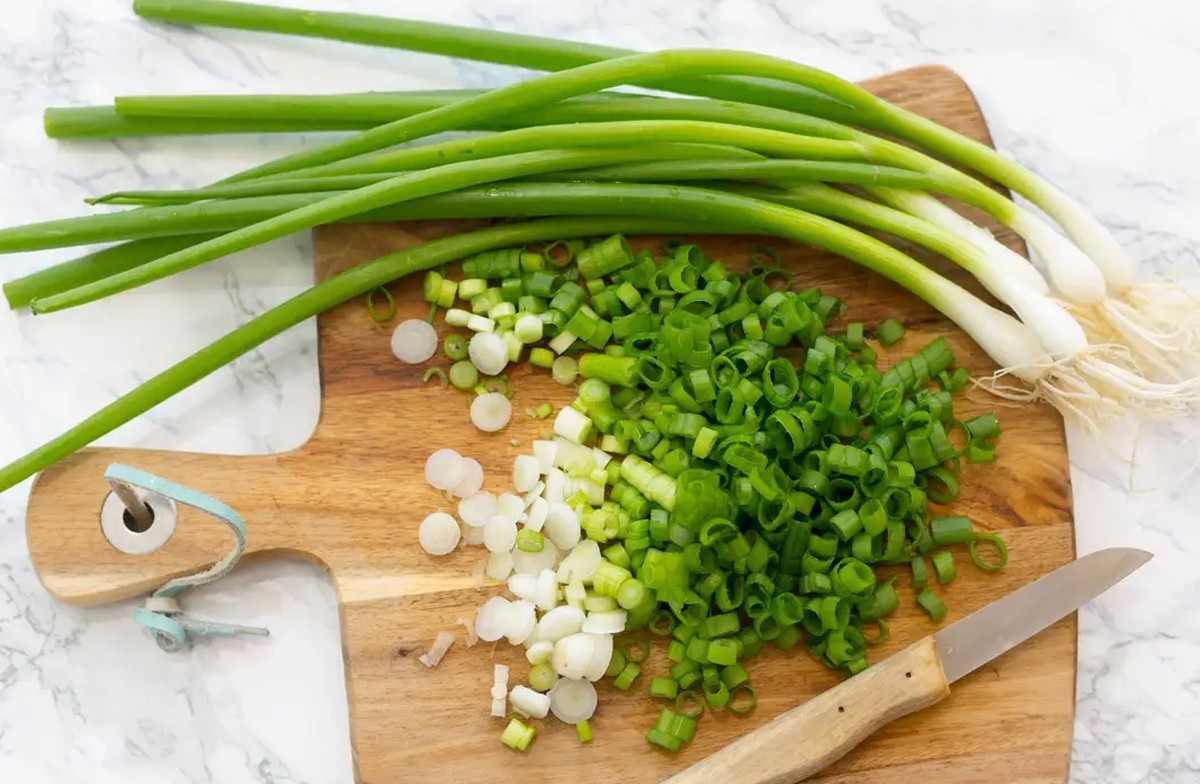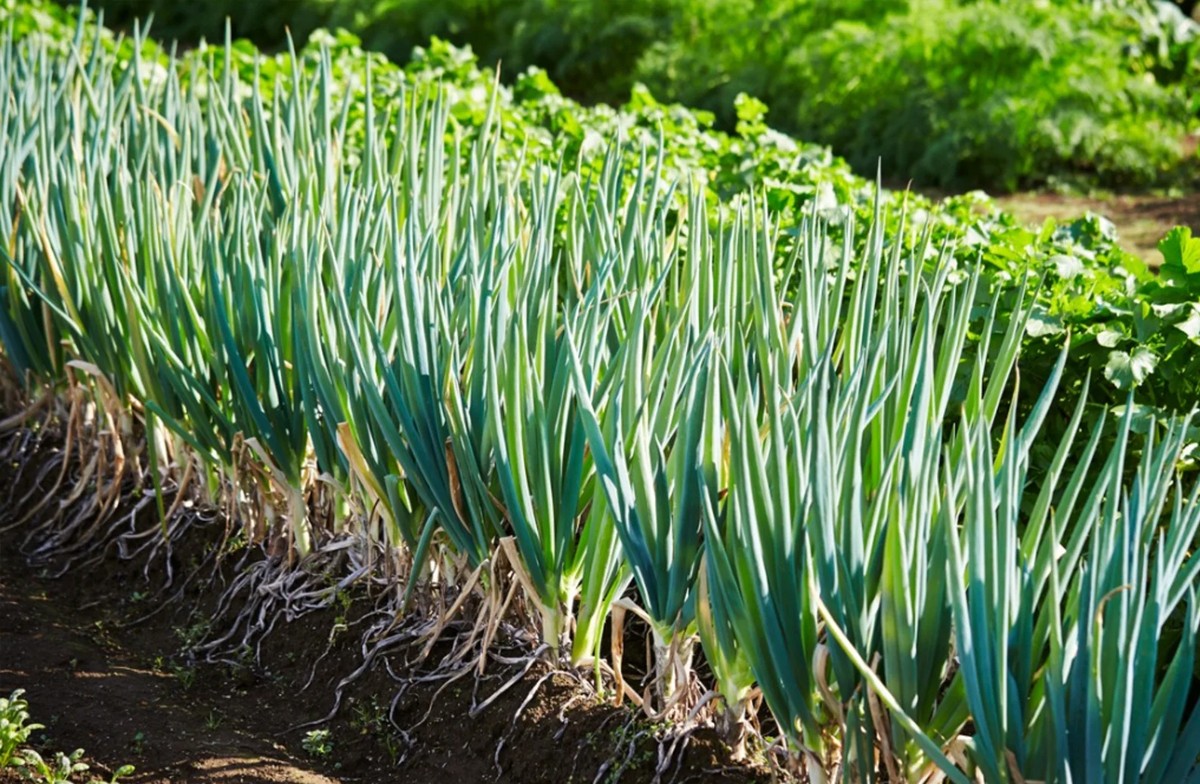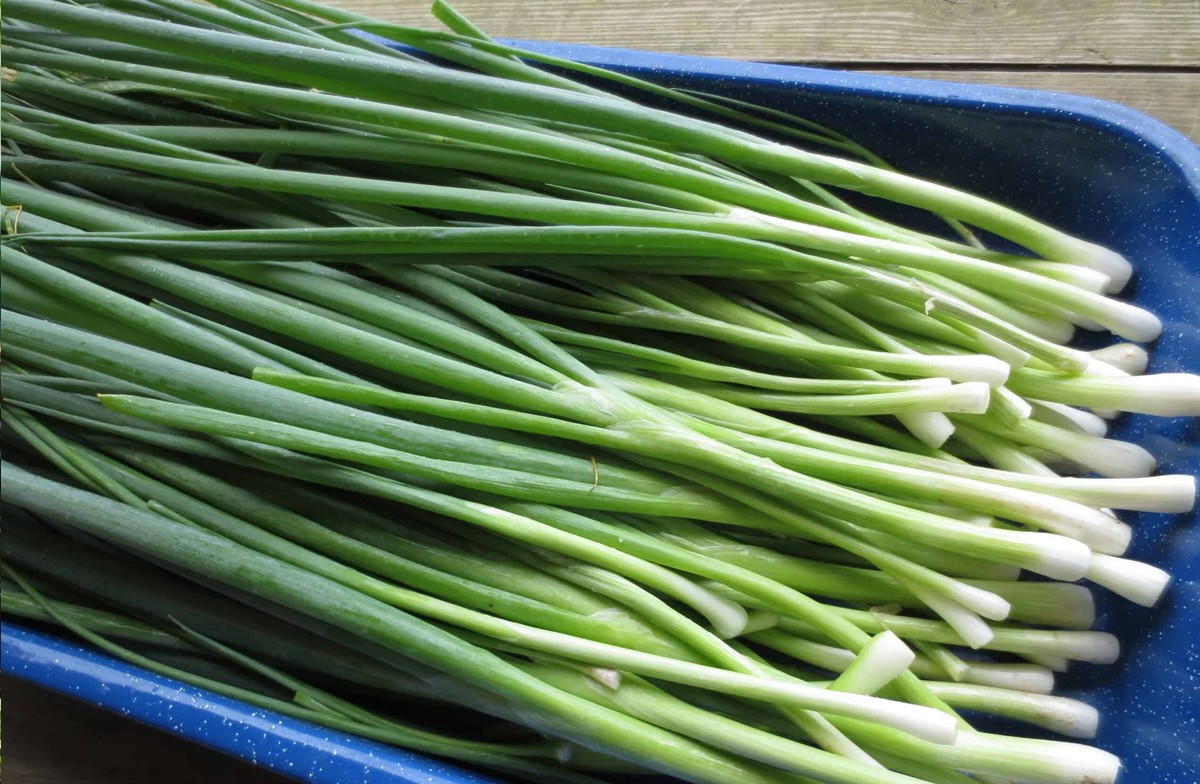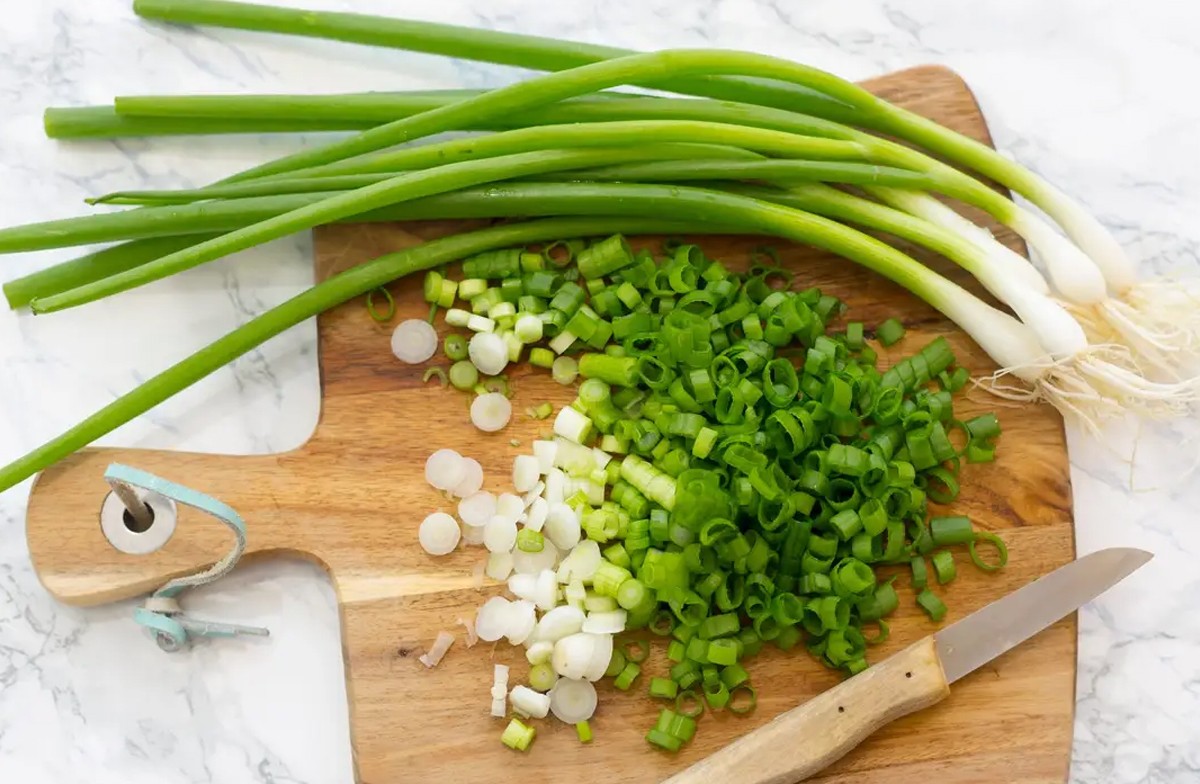Green Onion
The green onion is a type of Allium plant with long, thin green stalks and small, white roots. It is also known as scallion or spring onion. The scientific name of the green onion plant is Allium fistulosum. It is a popular vegetable in many cuisines and is often used as a garnish or flavoring in dishes such as salads, soups, and stir-fries.
In natural health, green onion (Allium fistulosum) is considered to have pungent and warm properties, and is believed to have various therapeutic effects on the body.
According to natural health, green onion can stimulate the digestive system and help to relieve abdominal bloating, diarrhea, and other digestive issues. It is also believed to have diuretic properties and can help to promote urination, which may be helpful for conditions such as edema and urinary tract infections.
In addition, green onion is believed to have antibacterial and antiviral properties, and can be used to help prevent and treat infections. It is also believed to be beneficial for respiratory conditions such as coughs, colds, and bronchitis.
Green onions nutritional benefits:
- Rich in vitamins and minerals: Green onions are a good source of several vitamins and minerals, including vitamins A, C, and K, as well as folate and potassium.
- High in antioxidants: Green onions contain antioxidants such as flavonoids and carotenoids, which can help to protect the body against damage from free radicals and reduce the risk of chronic diseases such as cancer and heart disease.
- Low in calories: Green onions are a low-calorie vegetable, making them a great choice for those looking to manage their weight. One cup of chopped green onions contains only about 32 calories.
- May have anti-inflammatory effects: Some studies have suggested that the compounds in green onions may have anti-inflammatory effects, which could help to reduce inflammation in the body and lower the risk of chronic diseases.
- May help to lower cholesterol: There is some evidence to suggest that consuming green onions may help to lower cholesterol levels, which can reduce the risk of heart disease.
Green onions pharmacology:
- Anti-inflammatory: Green onions contain compounds such as quercetin and kaempferol, which have anti-inflammatory effects. These compounds can help to reduce inflammation in the body, which may be beneficial for conditions such as arthritis, asthma, and allergies.
- Antioxidant: Green onions contain high levels of antioxidants, including flavonoids and phenolic acids, which can help to protect the body against oxidative stress and reduce the risk of chronic diseases such as cancer, heart disease, and Alzheimer's disease.
- Antibacterial and antifungal: Green onions contain organosulfur compounds, such as allicin, which have antibacterial and antifungal properties. These compounds can help to prevent and treat infections caused by bacteria and fungi.
- Cardiovascular health: Green onions have been found to have various cardiovascular benefits, including reducing blood pressure, improving lipid profiles, and reducing the risk of blood clots.
- Digestive health: Green onions have been used in traditional medicine to promote digestion and relieve digestive problems such as bloating, gas, and constipation. The flavonoids in green onions may help to stimulate the production of digestive enzymes and improve gut health.
In Person With Heshoutang Natural Health Members
With Heshoutang Natural Health Online Members
Fill Out the Questionnaire by yourself
How to plant green onion
Green onions (Allium fistulosum) are easy to grow and can be planted in a variety of settings, including garden beds, raised beds, containers, and even indoors. Here are the steps to planting green onions:
- Choose a planting location: Green onions prefer well-draining soil and full sun or partial shade. If you're planting in a garden bed, choose a spot with fertile soil that has been amended with compost or other organic matter.
- Prepare the soil: Loosen the soil to a depth of about 6 inches (15 cm) and remove any weeds or rocks. Add compost or other organic matter to the soil if necessary to improve soil fertility and drainage.
- Plant the green onion bulbs or seeds: Green onions can be planted from bulbs or seeds. If using bulbs, plant them about 1 inch (2.5 cm) deep and 4 inches (10 cm) apart. If using seeds, sprinkle them thinly over the soil and cover them with a thin layer of soil.
- Water the onions: After planting, water the onions thoroughly to help settle the soil and encourage growth. Keep the soil moist but not waterlogged.
- Care for the onions: Once the green onions start to grow, keep the soil moist and fertilize with a balanced fertilizer every 4-6 weeks. Mulching around the plants can help to retain moisture and suppress weeds.
- Harvest the onions: Green onions can be harvested when they reach a desirable size, typically around 60-90 days after planting. To harvest, gently pull the green onions from the soil by the base of the plant.
Green onions are a fast-growing and low-maintenance crop that can be planted in multiple batches throughout the growing season to ensure a continuous supply.
When you subscribe to the blog, we will send you an e-mail when there are new updates on the site so you wouldn't miss them.

















Comments